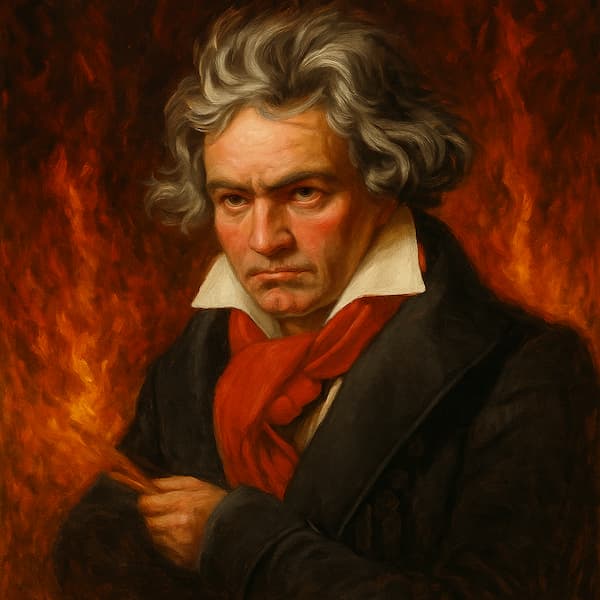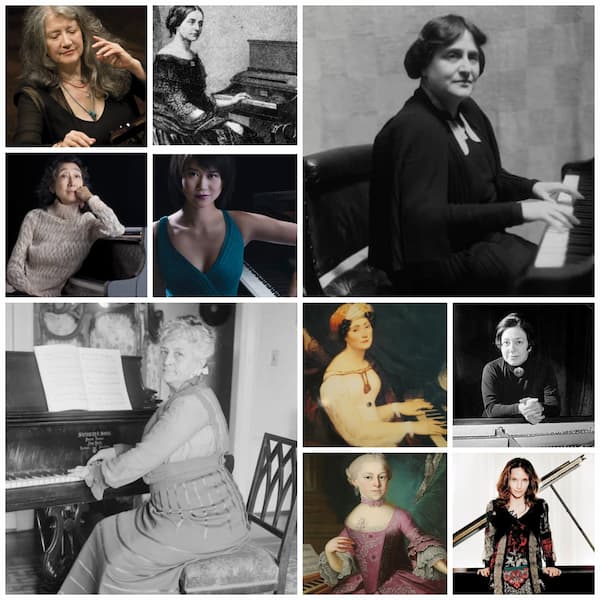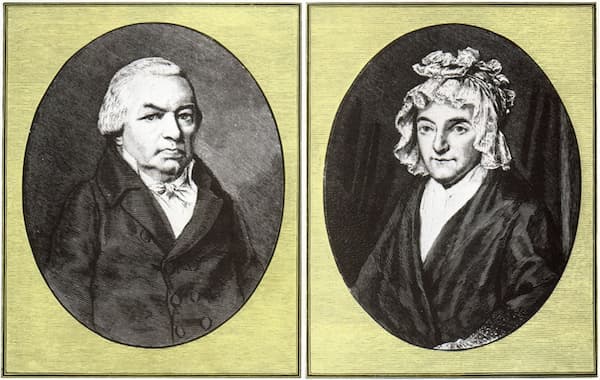A musical life is both short and long. During a lifetime, a composer must make musical and creative progress. Repeating the same material over and over does not lead to a fulfilled artist. It is the new which excites the creator. And so, over the centuries, many have tried to change their musical creative output, at times almost radically and with no introduction. These changes have often redirected the course of music, and through these, musical progress has been achieved. Let’s take a few examples of composers, from all periods and genres, whose evolution is clear and obvious, and who have managed to reinvent themselves time after time, regardless of the fashions or the standards of their time.
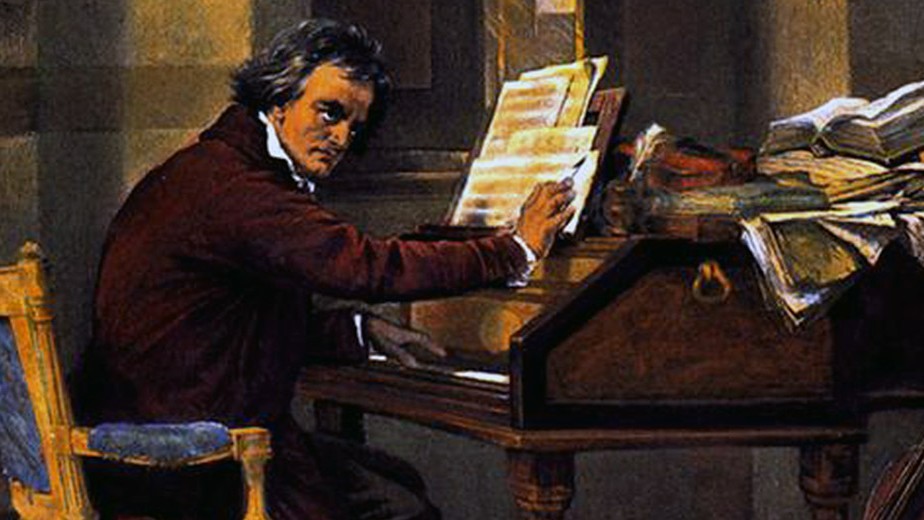
Ludwig van Beethoven
Beethoven, our first choice, is also probably the first composer to really break from following a traditional path. If he started in the classical fashion, following in the footsteps of his predecessor — admittedly with great talent — he then turned his own music upside down through the canons of romanticism, and is the first well-known composer who started approaching dissonances and unusual melodic and harmonic choices consciously — and even perhaps with the intention to surprise or shock —, as well as daring instrumentations and the use of technicalities to produce unusual sounds. His earliest and then latest string quartets are a great example of that evolution in style. Through these, one can witness the creativity of Beethoven expanding.
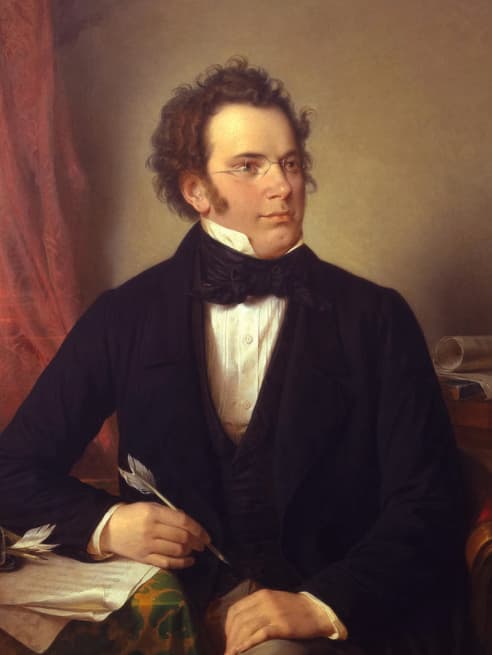
Franz Schubert
In the footsteps of Beethoven is, of course, Schubert, who, similarly to him, has slowly evolved from a traditional classical style very much in vogue at the time, to being more and more innovative in his musical decisions. This reflects in his final works, which display a strong interest in dissonant harmonies and unusual harmonic progressions, sudden changes of mood, tempi and dynamics. One can feel that Schubert is trying to push the creative envelope with the resources of his time and through new ones.
Schubert: Quartettsatz in C Minor, D. 703 | Borromeo Quartet
Jumping then to Debussy, who is an interesting choice in that rather than breaking abruptly from the traditions of the conservatoires, he progressively and discreetly made his way into composing some of the most innovative music, breaking from the centuries-long rules that had been laid before him and changing the direction of music forever. His progression and the works that result are a lot sweeter than Beethoven and Schubert, and therefore it seems the change is less impactful. On the contrary, he is perhaps the composer of this selection whose impact and musical evolution is the most important.
Claude Debussy: String Quartet in G minor, Op.10
Stravinsky had multiple musical lives, and therefore his evolution is perhaps the most obvious. There are very clear moments in his creative life. In fact, between his Russian period, his neoclassical period and finally his serial period, it often seems that three different composers are at work. Stravinsky’s career is akin to that of a painter, who throughout his lifetime undergoes several stylistic periods — Picasso, Matisse, and Kandinsky all had their own artistic styles punctuated by changes in style. However, no painter ever led to a riot the way Stravinsky did!
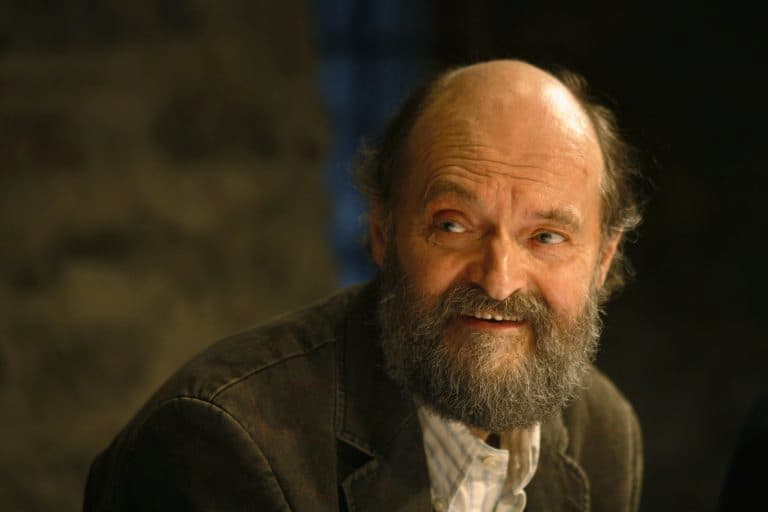
Arvo Pärt
Finally, Pärt‘s drastic change is also worth mentioning — even though it might have been less by artistic choice than by social and political constraint. The Estonian musician is the only composer of this selection who took some time away from creating in order to return with a new self. He took time to reflect on the music he wanted to compose and how he wanted to express his ideas, and returned with the minimalist tintinnabuli style, a strong contrast to his early neo-classical and serialist approach.
Arvo Pärt: Für Alina
Most educated composers will leave the conservatories with a defined identity that has been forced onto them through their studies. This is natural, and due to the fact that they would have studied their predecessors. These young composers will also write in the style that they have been taught — and here, the choice of the teacher is crucial. However, it is when these composers liberate themselves and take creative risks that they seem to progress the most. It is also when they innovate the most. Oftentimes, breaking with tradition is the only way to progress and develop.
For more of the best in classical music, sign up for our E-Newsletter

